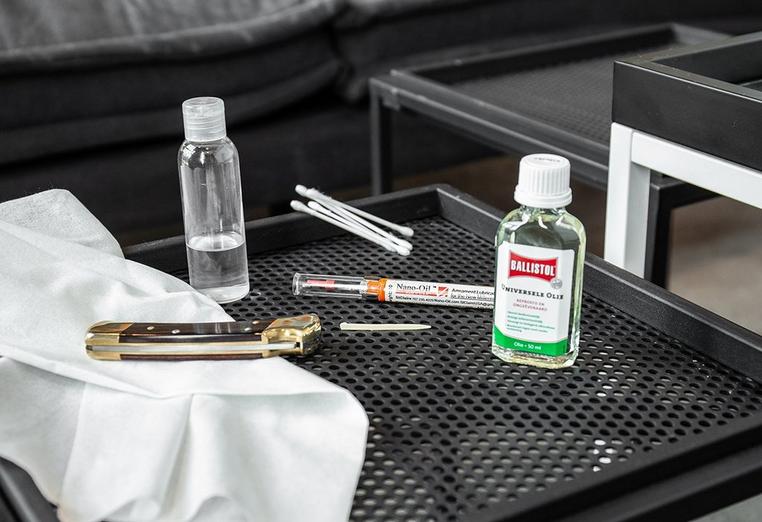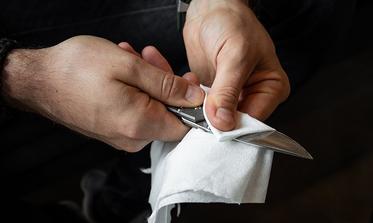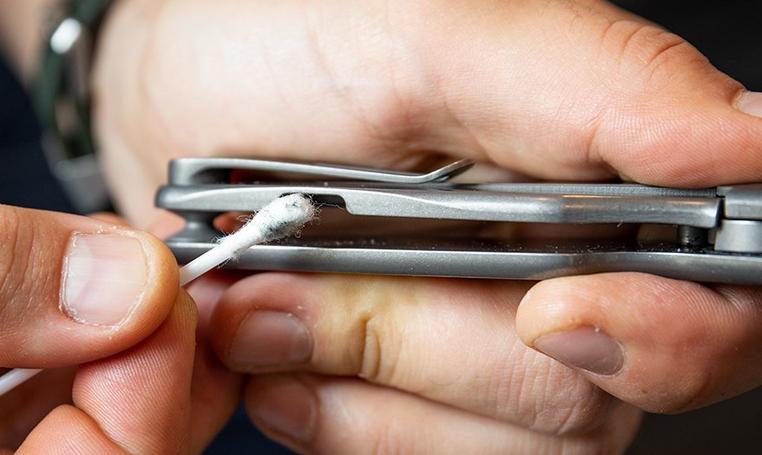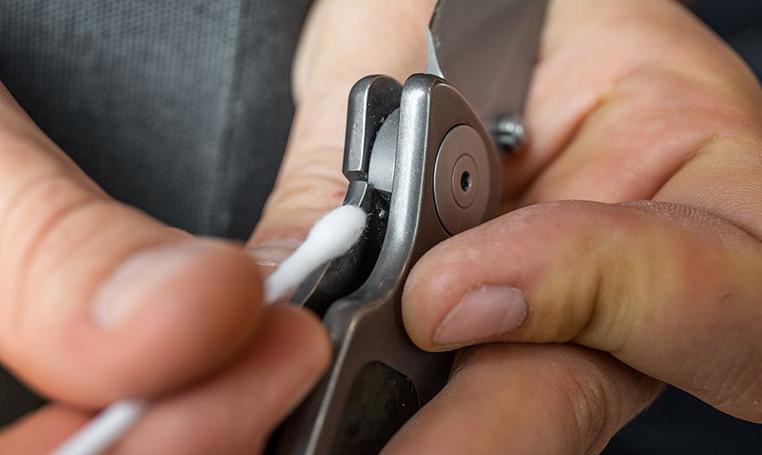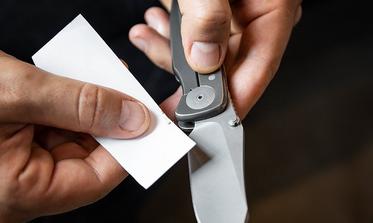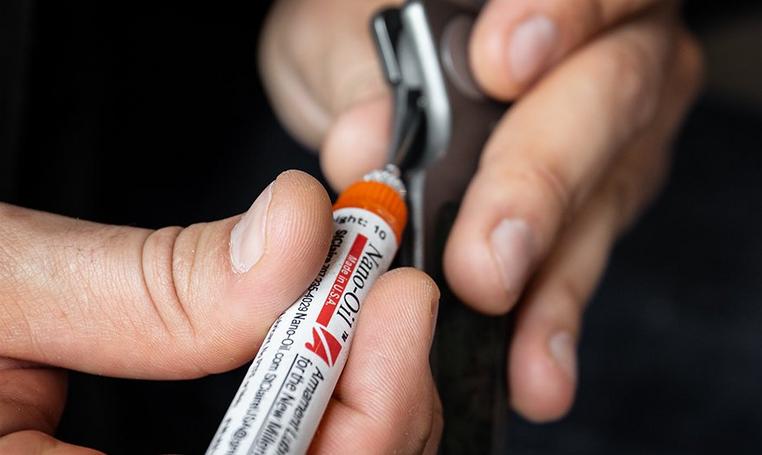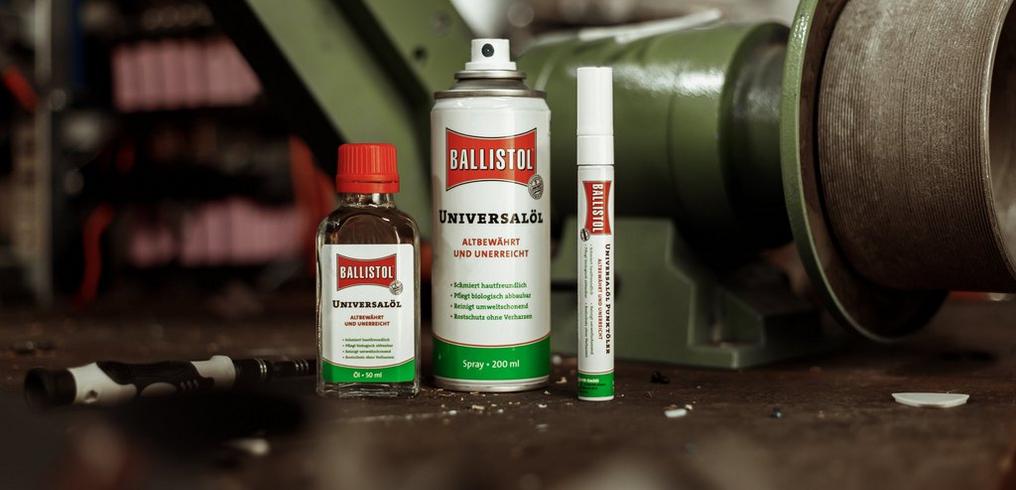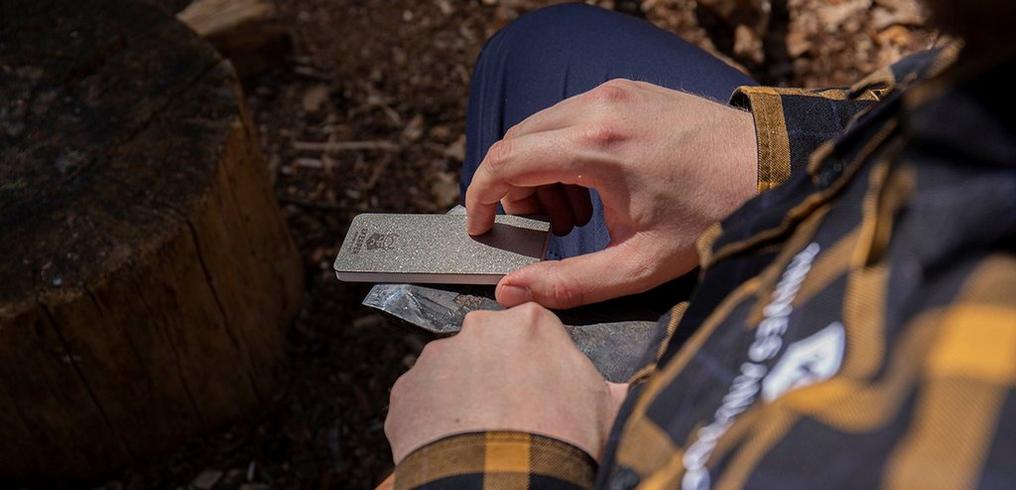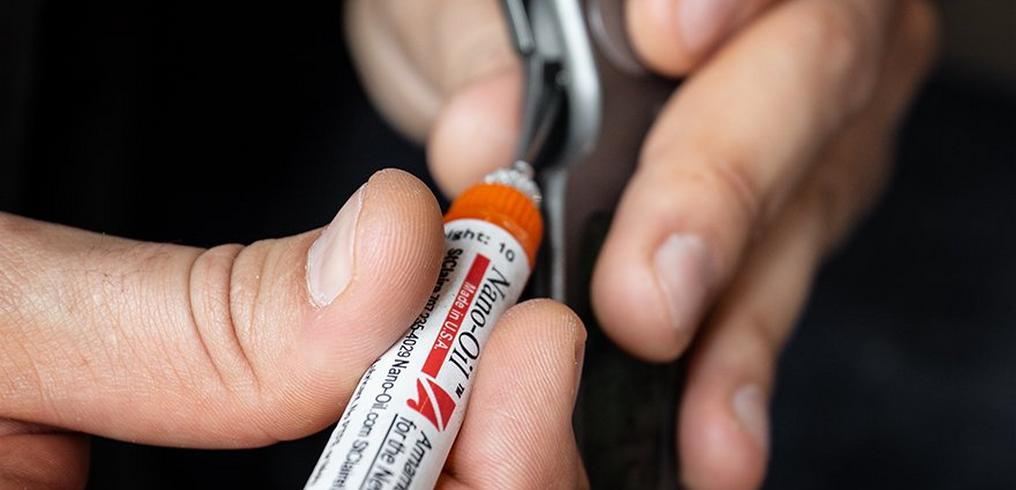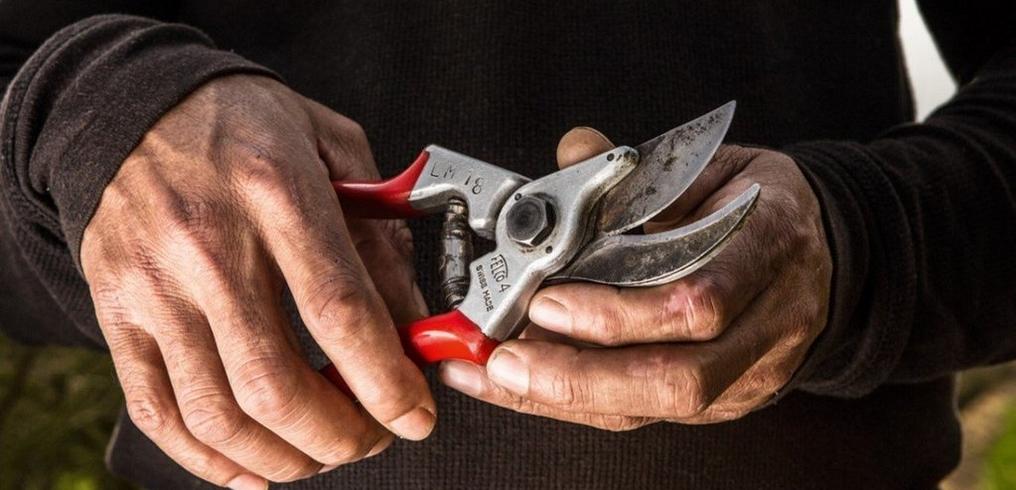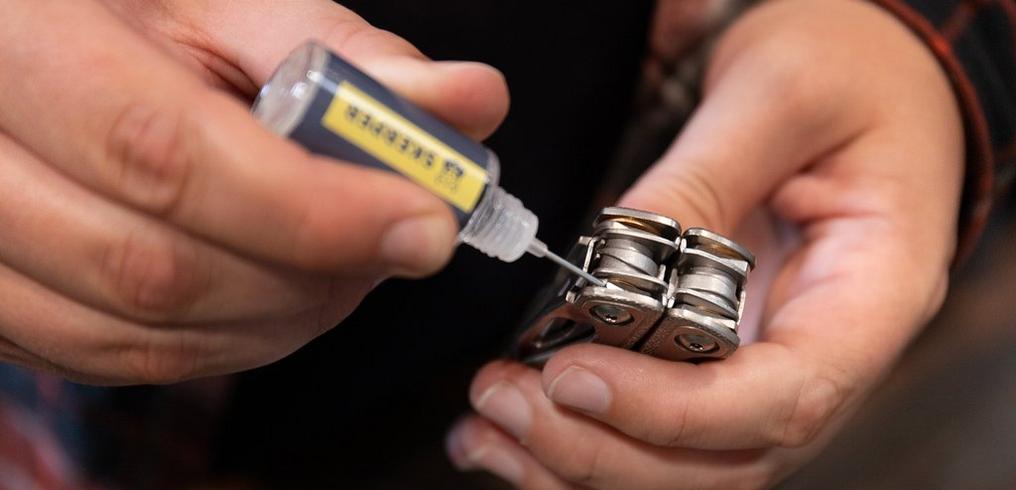How do you maintain a pocket knife without taking it apart?
When maintaining and cleaning a pocket knife many people often think of taking apart the entire thing. That is the most thorough way of doing it, but fortunately not always necessary and sometimes even impossible. For that reason we have listed a couple of tips to maintain your pocket knife without taking it apart.
When is maintenance necessary?
This question has an easy answer: always, unless you just cleaned your knife. Sounds silly, but it is not as silly as you might think. As soon as you put a pocket knife in your pocket it comes face to face with pocket lint. This material can get stuck inside the knife and in time will disrupt the function of your favourite companion. For that reason it won’t hurt to remove the lint in between the handles to prevent it from ending up in between the washers or ball bearings.
You also immediately notice it with pocket knives that normally run smoothly such as flippers that work with ball bearings with a frame or linerlock. After all, opening these knives will be a lot more difficult. Sometimes customers come to us with their knives saying they are broken, while nine out of ten times the problem can be solved with only one minute of cleaning!
Why not simply take apart the knife?
Admittedly: not all knives can be maintained without taking them apart. There are, however, a couple of convincing arguments why you shouldn’t. The most obvious being that you also need to put it back together. And that does require a little more craftsmanship than you might expect. You need to make sure that it is neatly centred and runs smoothly. Centring the knife might take some time. It could be something you are not exactly in the mood for, and it is easier for some knives than for others. In addition, you need to ask yourself if those teeny tiny pocket knife screws can handle it if you take them out time and time again.
Apart from that we are also dealing with warranty issues. For some brands the lifelong warranty immediately expires if you take the knife apart. Even if you do everything right. And yes, they will be able to tell when you send it in for repairs.
What do you need to clean a pocket knife?
You need a couple of items to maintain your pocket knife, even when you don’t take it apart. We love to work with some cleaning alcohol, possibly some petrol, a light oil for rust and/or a good lubricating oil such as Nano-Oil, kitchen towels, a couple of cotton swabs and skewers, and a piece of paper.
Cleaning the blade
Let’s start with the blade. Depending on the tasks you use the knife for you often come across remnants of adhesive tape on the blade. Incredibly difficult to remove underneath the tap, but it will easily dissolve when you use some petrol. Don’t forget to add a couple drops of oil afterwards to prevent rust.
Tip: if you are already busy cleaning the knife why not sharpen it as well? Especially when the knife is still relatively sharp you can definitely benefit from occasionally stropping the knife. If you do you prevent further maintenance for a while. We believe that to be a part of the daily maintenance of your knife.
Removing pocket lint
Now it is time to remove the clutter in between the handle. With the cotton swabs you can easily remove all the dirt. Don’t think: ‘That dirt is located at the end of the handle, how could that hurt?’ After all, experience taught us that dust will eventually end up in between the ball bearings or washers.
Compressor or compressed air?
Do you happen to own a compressor or a can of compressed air? Perfect! Use it to remove any dust or dirt from the frame.
Cleaning the frame or linerlock
The lock is next. Because the method differs per type of lock we start with the frequently occurring framelock and linerlock. In terms of finish and main features these are incredibly similar.
The detent ball
When closed the knife is kept in place with the detent ball. That is a small ball bearing that is pushed inside the lockbar. This small ball could sometimes drag along some dirt. Do you notice that a framelock or linerlock pocket knife doesn’t open or close as easily as it once did? That is often the result of dirt that has accumulated around this ball.
With the help of a cotton swab drenched in cleaning alcohol you can easily clean the detent ball. You will be shocked when you learn how much dirt can come off such a small ball. Especially because of the contrast with the white cotton swab.
But only cleaning the ball itself isn’t enough. After all, the ball will slide over the blade when it opens and closes. That detent-groove also needs to be cleaned, even though it is slightly more difficult to reach. That is where that piece of paper will come in handy. With an opened pocket knife you pull a piece of paper, perhaps even folded, through the frame and the blade. Repeat this process a couple of times until the paper comes out clean. Even though the detent ball runs alongside one side of the blade it is best if you do both sides. After all, it will enable you to easily remove a little extra dirt from the handle.
All you have to do next is add a, as small as possible, drop of lubrication oil (such as Nano-Oil or oil from the Eden Oil Pen) to the detent ball and you are good to go.
The blade ramp
The lock also deserves a little TLC. The end of the lockbar (where the detent ball is located) is difficult to clean without taking the knife apart. The bladeramp is a little easier to reach. It is, after all, that part of the blade the lockbar leans against to keep the knife open. When you close the knife and look into the handle you will immediately notice where the lockbar makes contact. You can clean the bladeramp with a cotton swab. Can you still spot dirt that is lodged in there? Grab a skewer and try to remove all the dirt.
Cleaning a backlock
When cleaning a backlock you can still remove some dirt that got stuck in between the blade and the handle, even though that won’t have such an impact because the detent ball is missing. It is more important that you clean the lock’s contact points. A backlock is, simply put, comprised of a type of hammer that falls into a cut-out in the back of the blade. Clean the cut-out by using a skewer. If necessary you can also use a cotton swab with alcohol.
If you do this often you make sure that the lock will work as it should. After all, if the cut-out is filled with dirt the backlock hammer won’t be able to fit inside. With it you put the security of the lock on the line. As a result it is very important to clean this!
Other locks
For many other locks the same principles apply. Using compressed air always helps. Removing dirt with skewers or cotton swabs is also great. Oil isn’t always necessary and sometimes even inadvisable. In all cases the following applies: use oil sparingly. Take it easy. After all, a lot of oil can attract a lot of dirt which is something you want to prevent.
Better safe than sorry
These tips are all great and in 90% of all cases they offer a solution to many pocket knife problems. However, one advice overrules them all: don’t let your knife get dirty. If you make sure that no dirt can get stuck in the knife you will, after all, have a lot less to clean. Do you know for sure you will run into a lot of sand and dust? Why not take a fixed knife with you? Or store your pocket knife somewhere it won’t come into contact with dirt.

